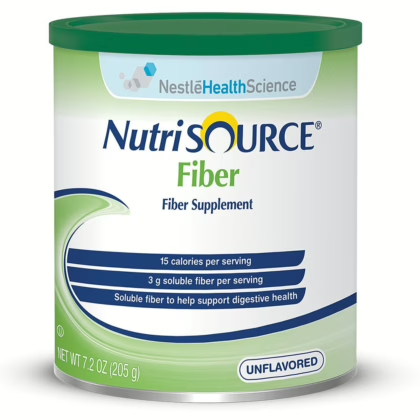Hair loss signs
- Gradual hair thinning.
- The appearance of a bald spot that grows slowly
- Receding hairline
Although for many people these signs may appear gradually and may not be noticeable for months or years, some may experience hair loss suddenly and dramatically. Symptoms may include:
- A bald patch appears within a day or two.
- Loss of hair clumps when combing the hair.
- Complete or partial hair loss on the head.
Causes
There are many causes, which makes identifying and diagnosing the cause difficult. However, the key to starting a treatment plan is that the sooner you start, the better the outcomes, therefore it is best to see a professional to identify the cause, which may be:
- Having an infectious disease such as the fungus that causes ringworm, or failing to treat ringworm in the scalp.
- If you have recently had surgery or are undergoing chemotherapy for cancer
- Hair loss after childbirth.
- Take extra care of your hair or use a hairbrush that is too narrow resulting in hair loss.
- Alopecia areata, which may cause hair loss anywhere on the body.
- Age where hair growth slows down and hair follicles may stop growing hair, which leads to thinning scalp hair.
To find out the cause, the doctor will do various tests, such as
- Ask about the onset of symptoms and how quickly they developed.
- Examine your scalp and nails.
- Check the condition of your hair and whether it is prone to breakage.
- Recommend performing a blood test or a sample of the scalp.
Treatment for hair loss
Usually, your doctor will inform you that your hair will regrow on its own once the cause has passed, such as after giving birth or recovering from a serious illness or surgery, but your doctor may also prescribe a treatment to help your hair grow faster. The following factors influence the treatment approach:
- The cause of hair loss
- Your medical condition
- Age
- The expected results
- If there are pregnancy plans
A hair loss treatment plan may include one or more of the following:
- Minoxidil (Regine) is applied to the scalp once or twice a day to help stimulate hair growth and prevent further hair loss, but it takes about 3 to 6 months to see results and should not be taken alone.
- Microneedling procedure: it involves the use of hundreds of small needles to stimulate hair growth.
- Injecting corticosteroids to help regrow hair, in which the doctor injects the medicine into balding regions and the procedure is repeated every 4 to 8 weeks as needed.
- Hair transplantation may be prescribed by the doctor in cases of male pattern baldness.
- Laser therapy, which is painless and safe, but requires numerous treatment sessions to observe a little amount of hair growth.
- Platelet-rich plasma (PRP) can be used to treat hair safely and effectively. It involves drawing a small amount of your blood, separating the plasma, and then injecting it into the area affected by hair loss.
- Vitamins, minerals, and nutritional supplements. For example, you may need to take Provita Biotin if you have a biotin deficiency.
There are several treatment options available, but you should be aware that no one treatment works for everyone, therefore you should always see your doctor or pharmacist before beginning any treatment.











